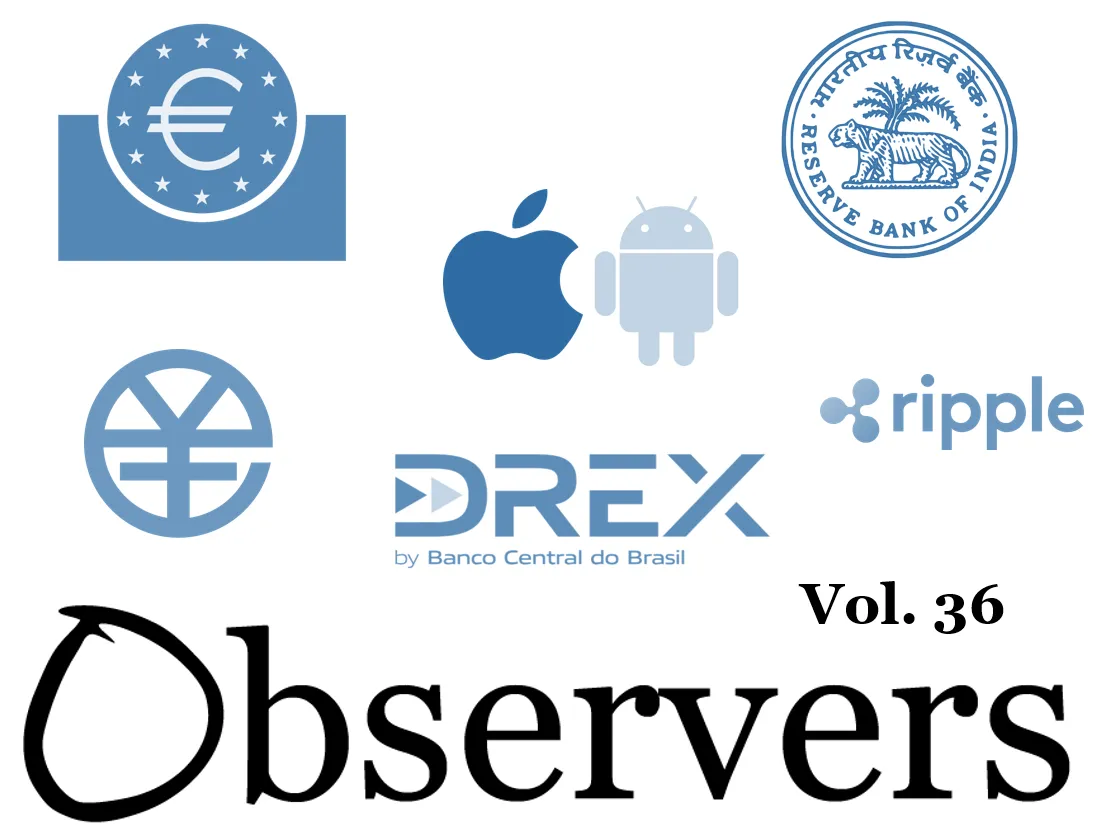

Offline digital euro and eSIM, low traction for digital rupee, e-CNY extends use cases, Brazil's DREX and Pix integration. Ripple and Open Eden in T-bill tokenization.

Subscribe now and have access to all our stories, enjoy exclusive content and stay up to date with constant updates.
Already a member? Sign in